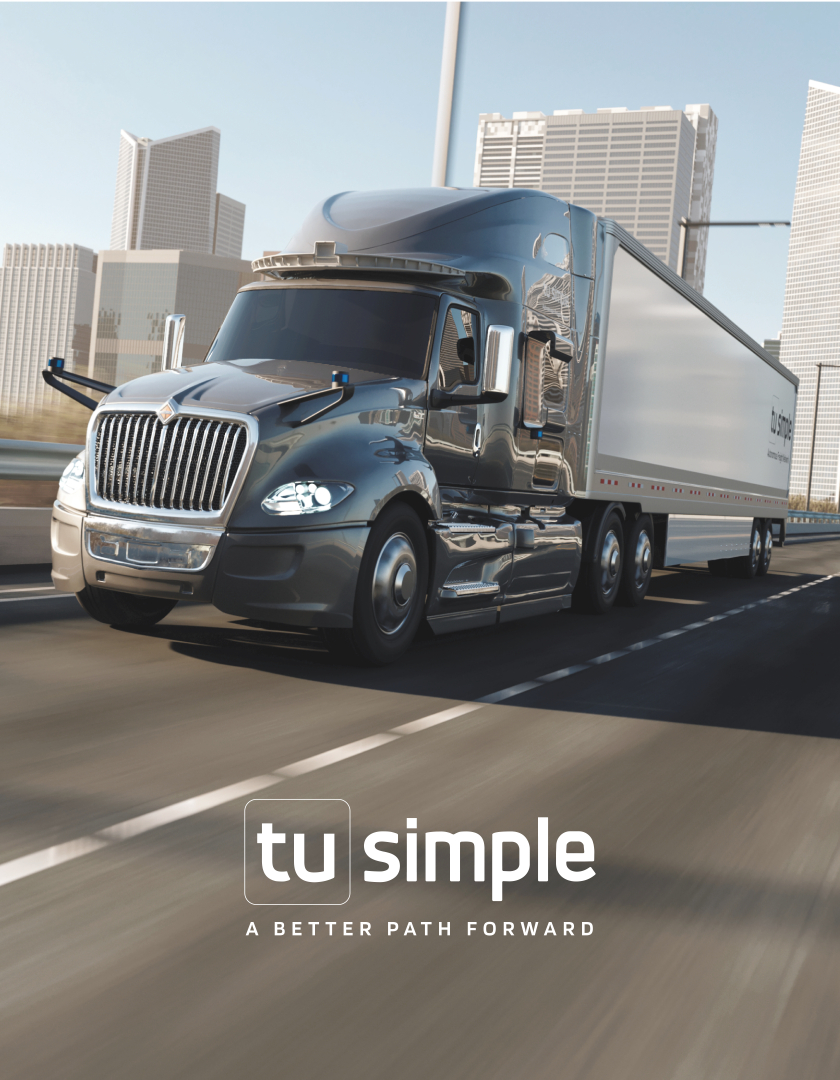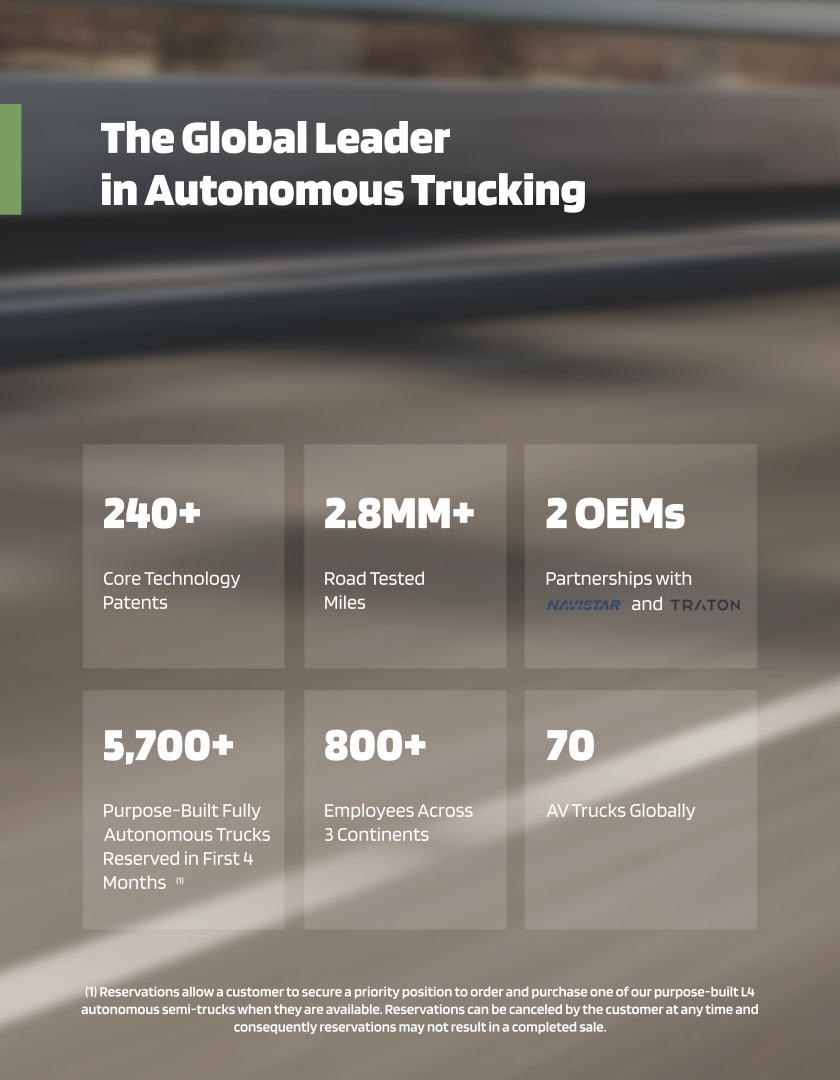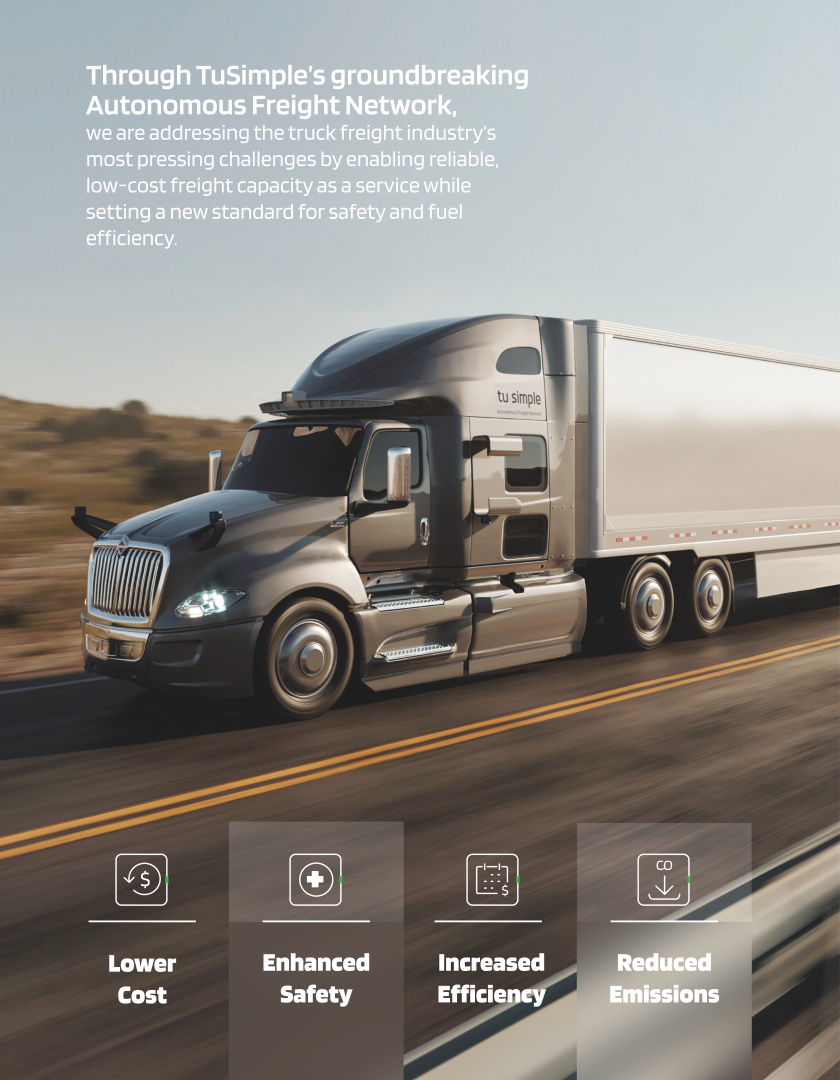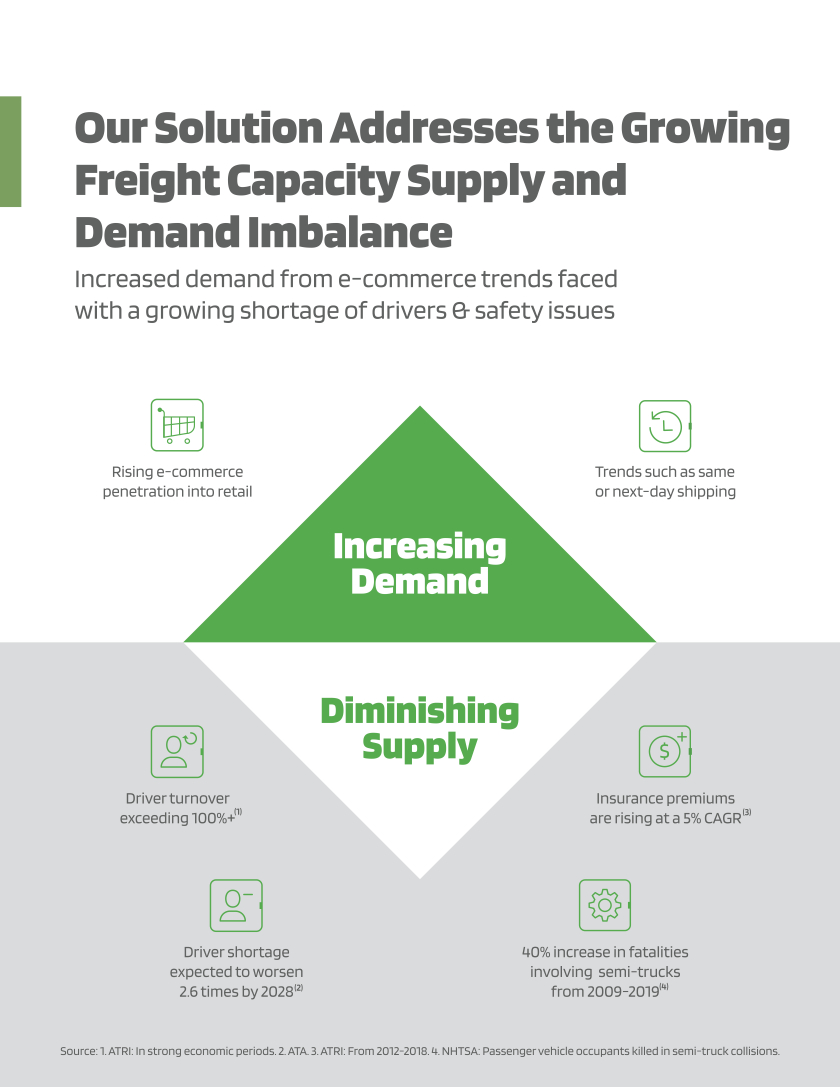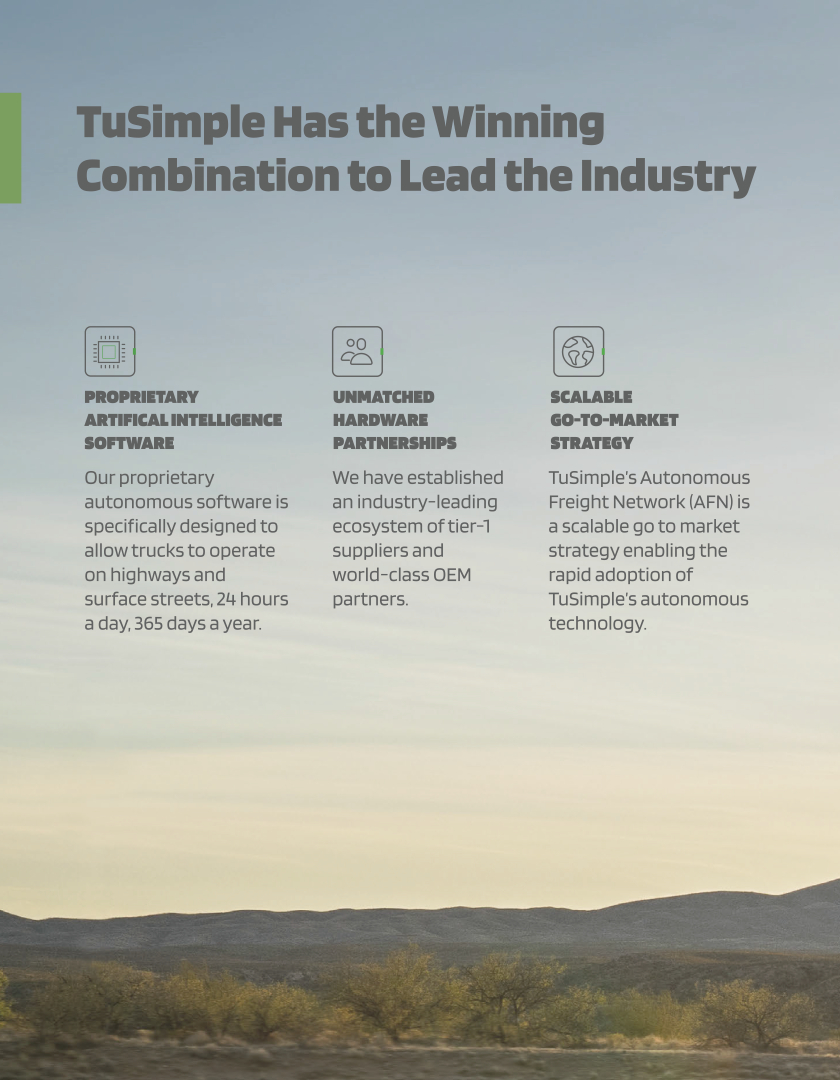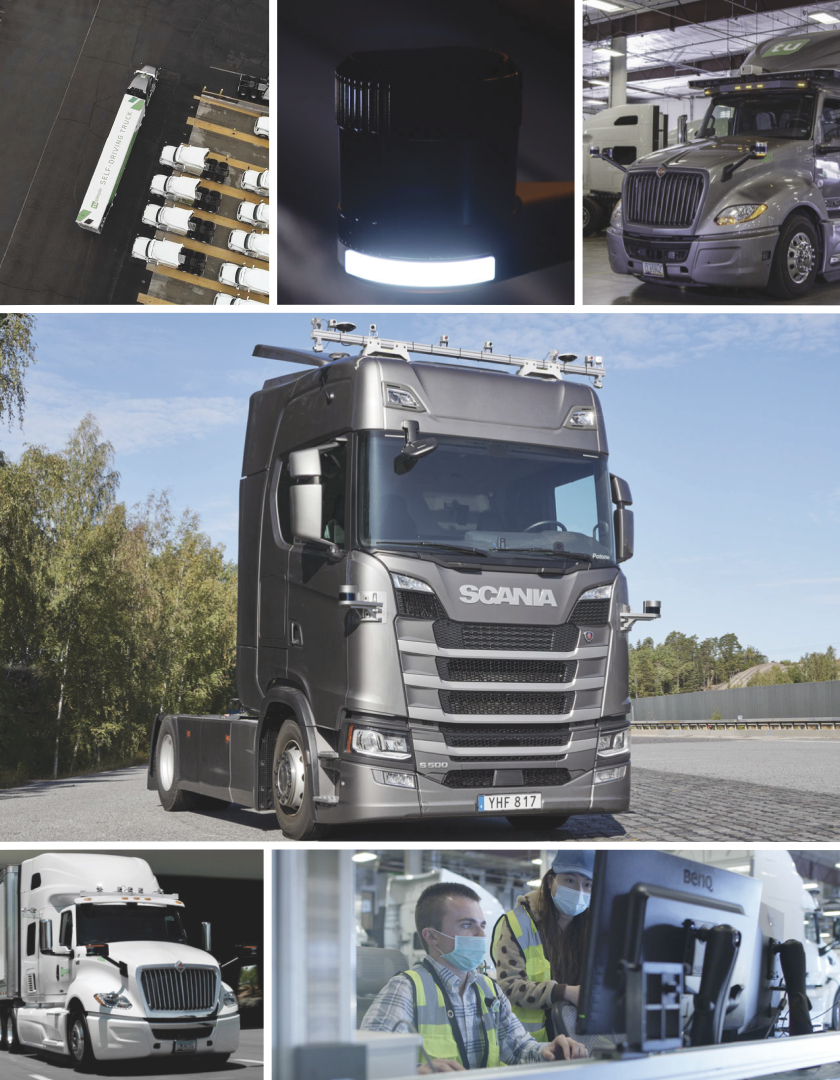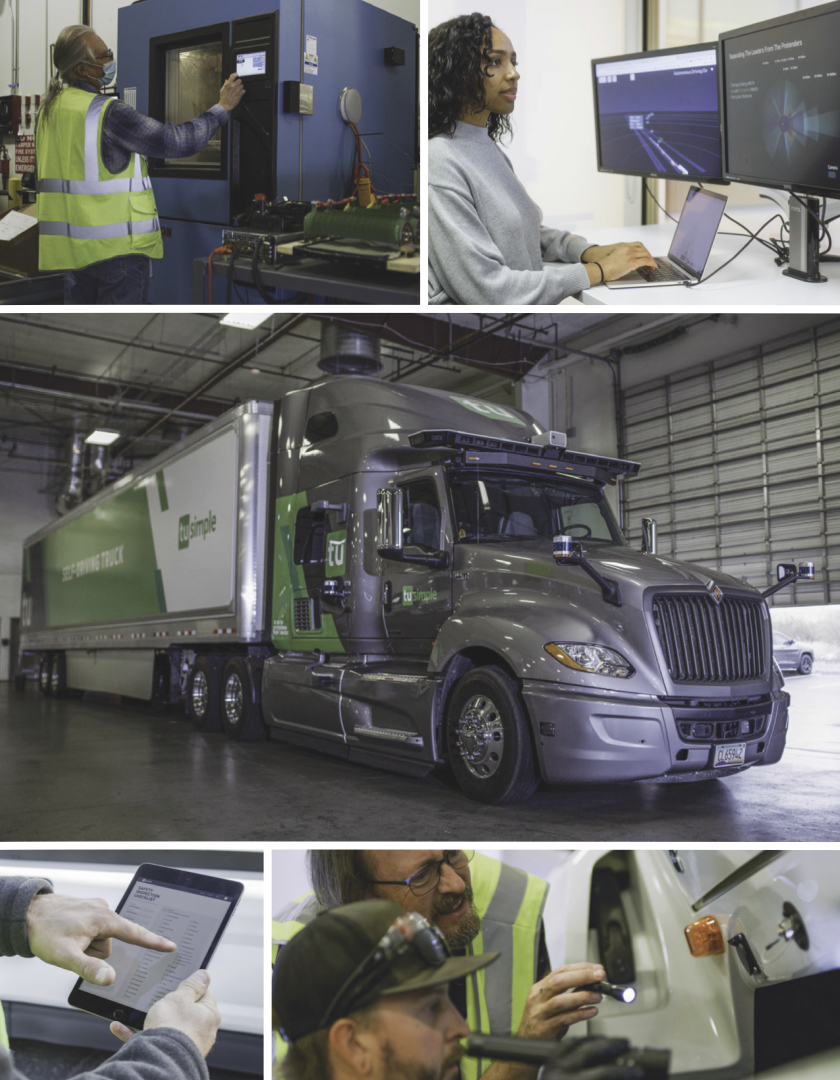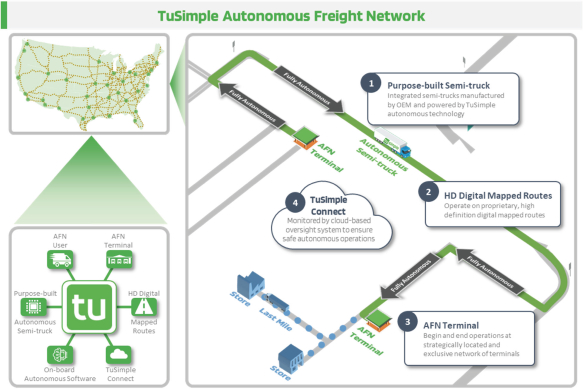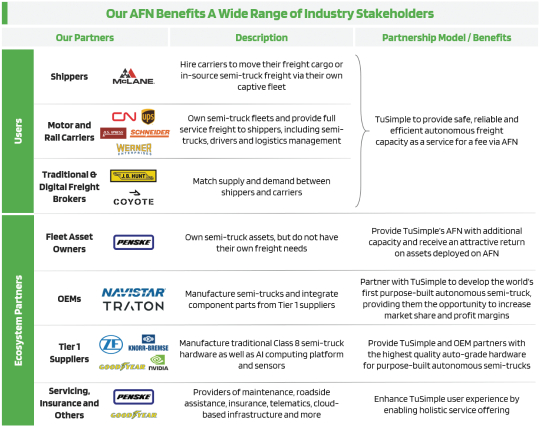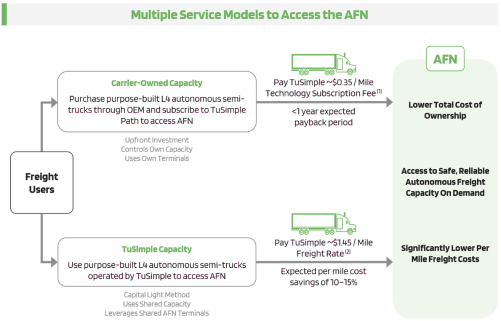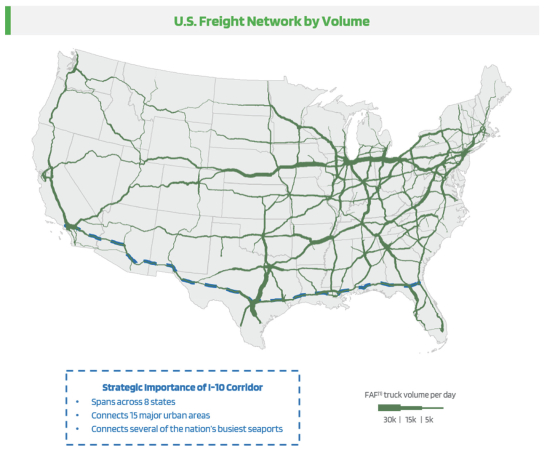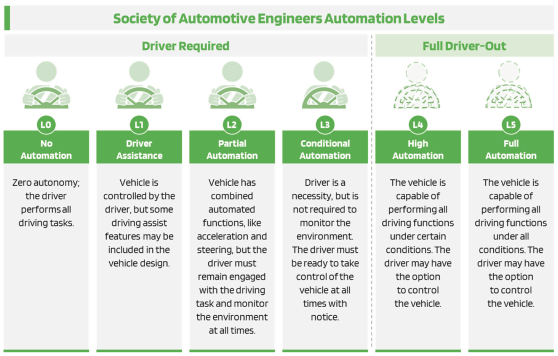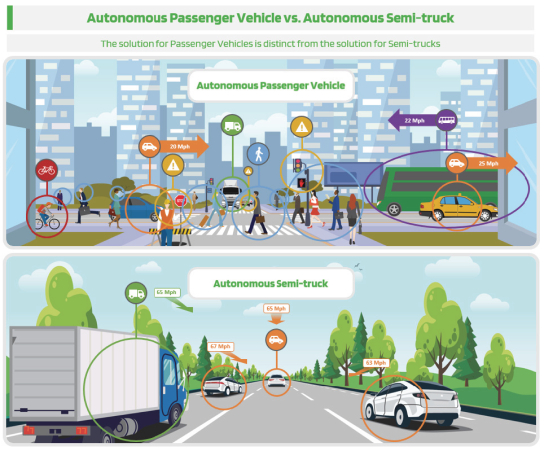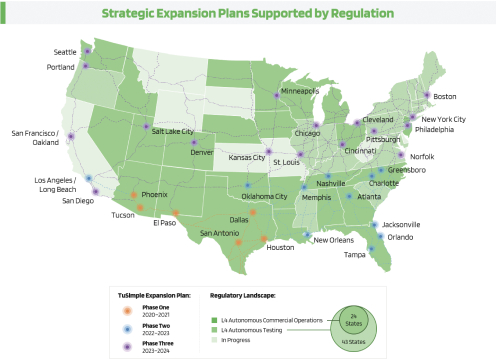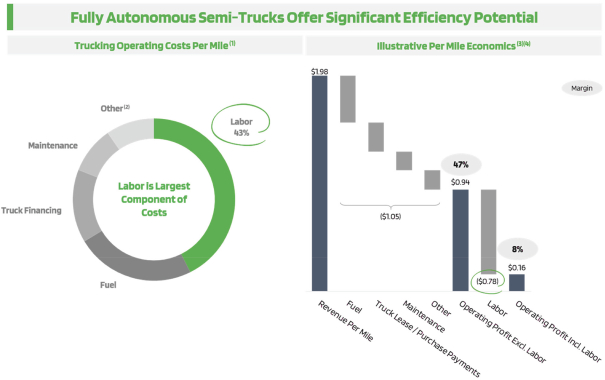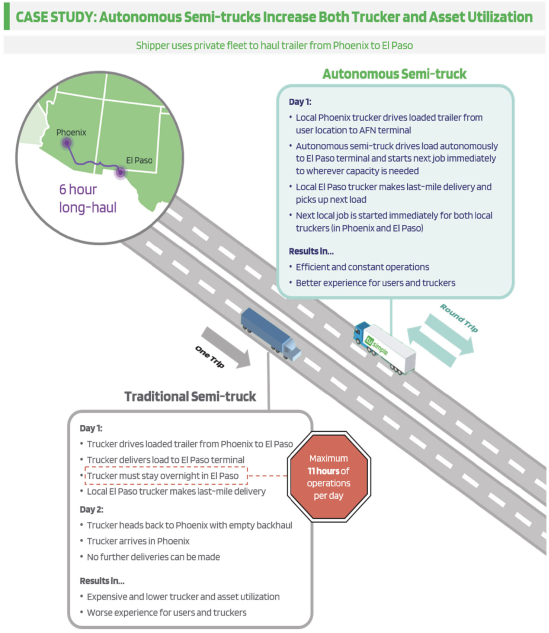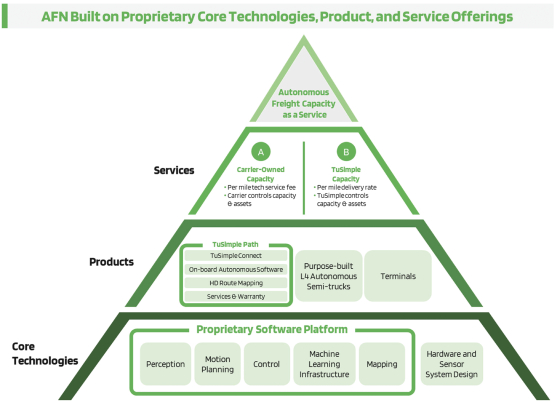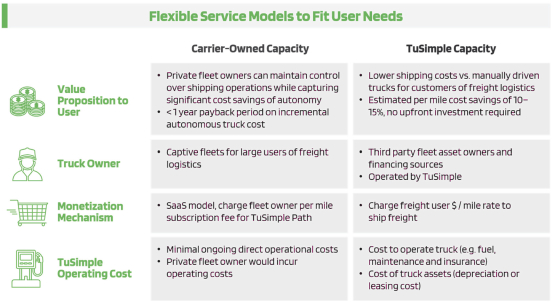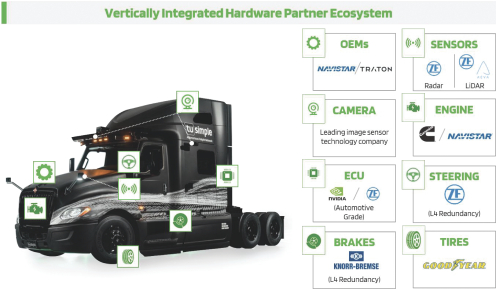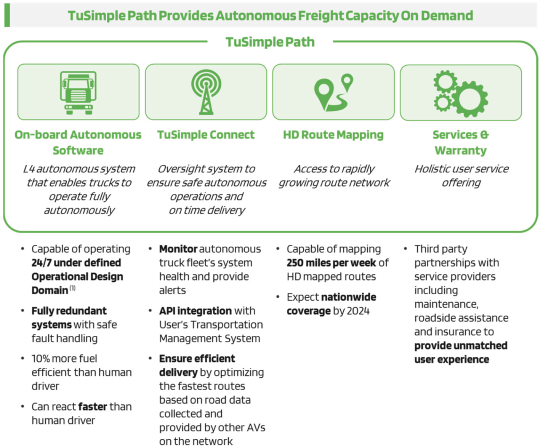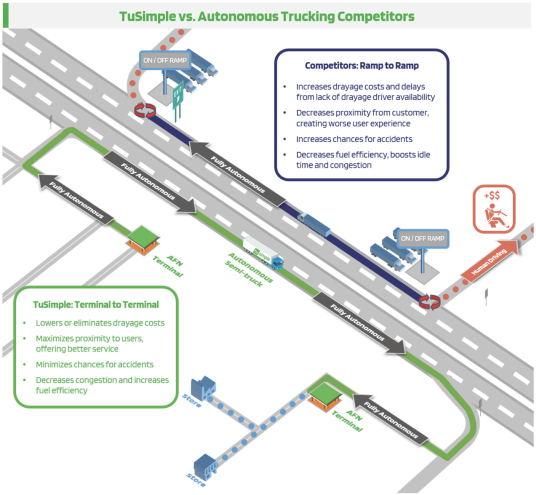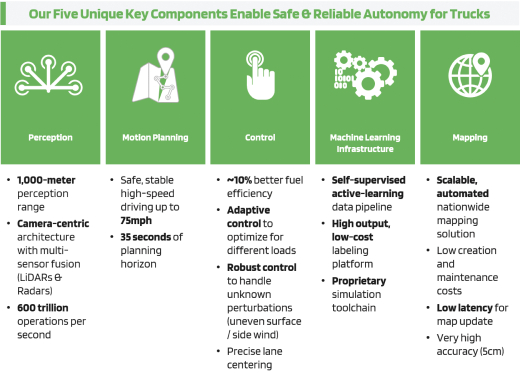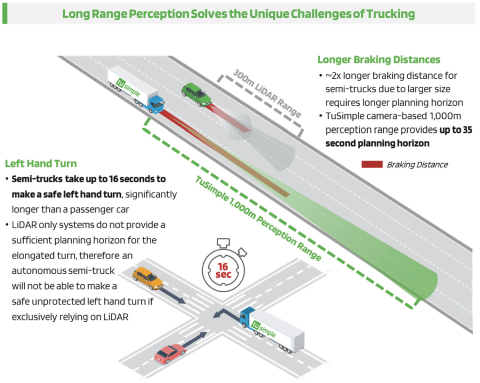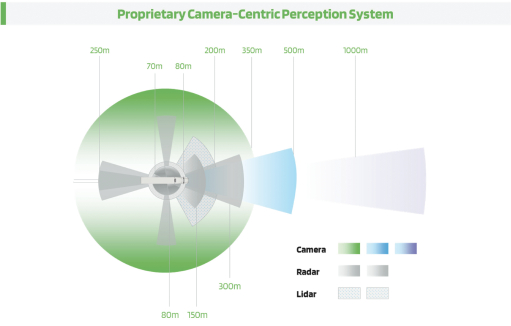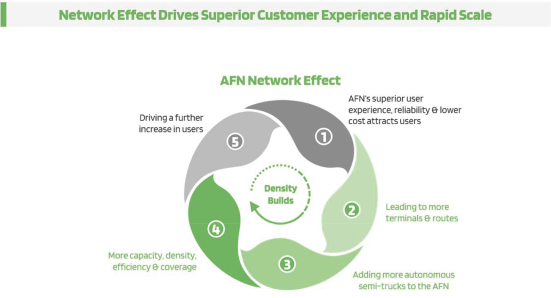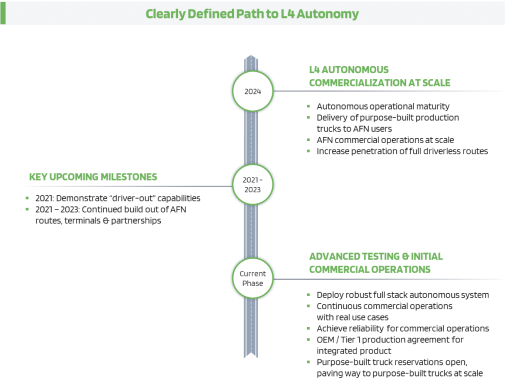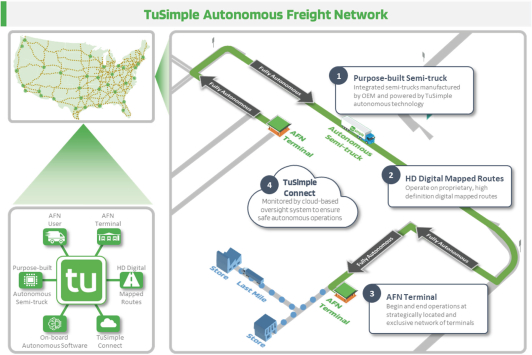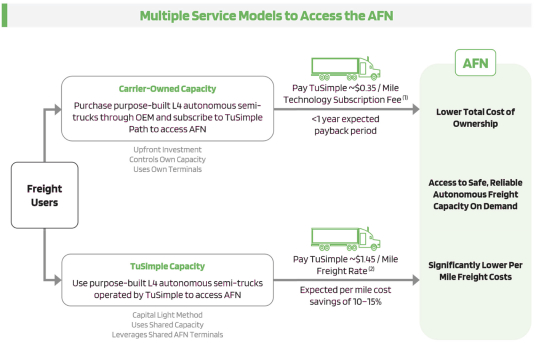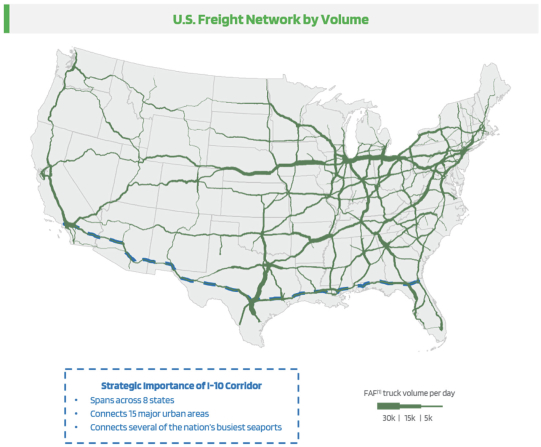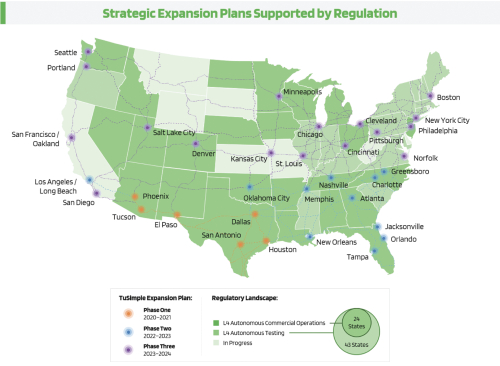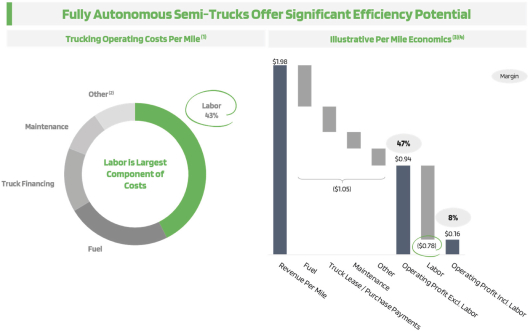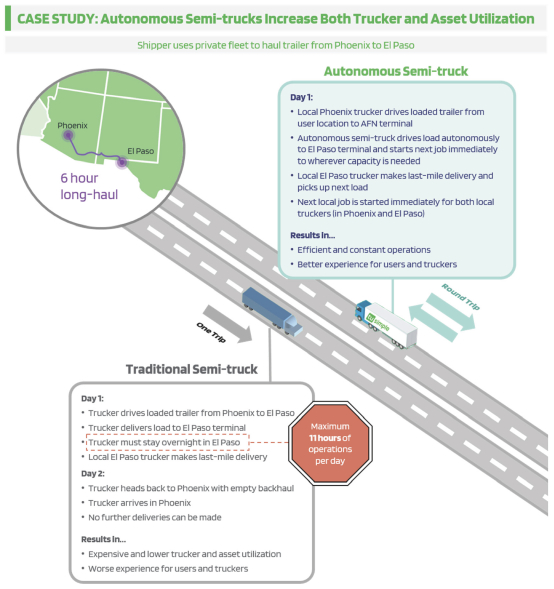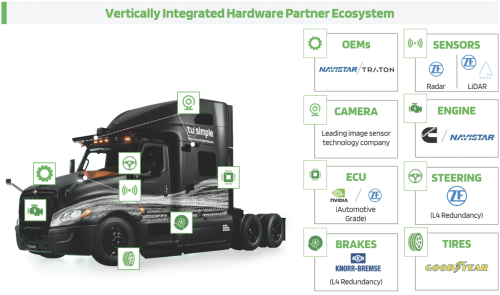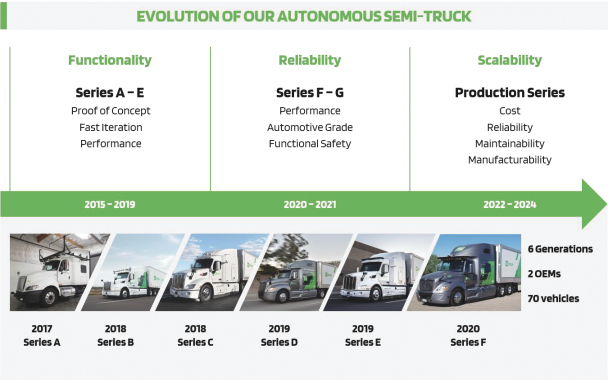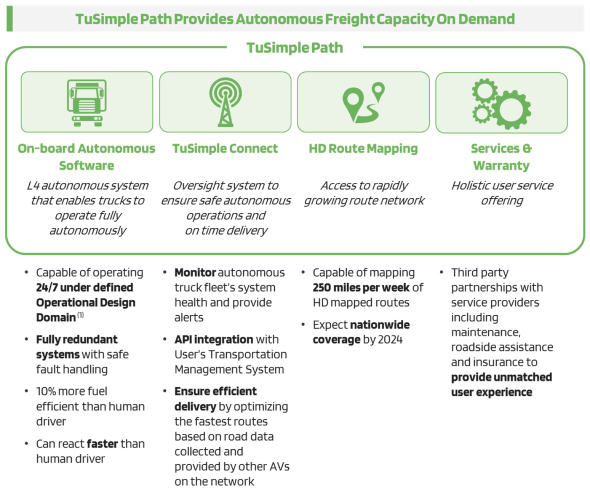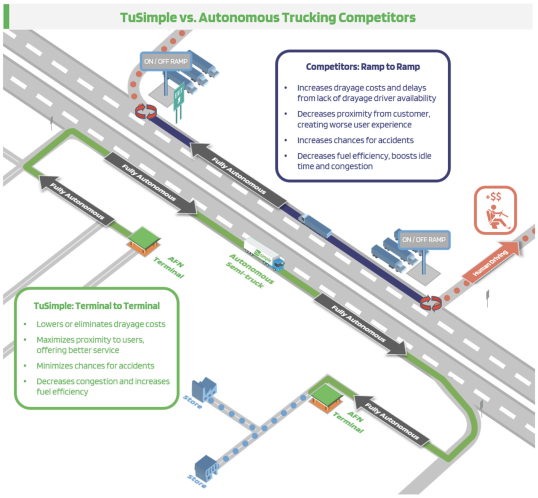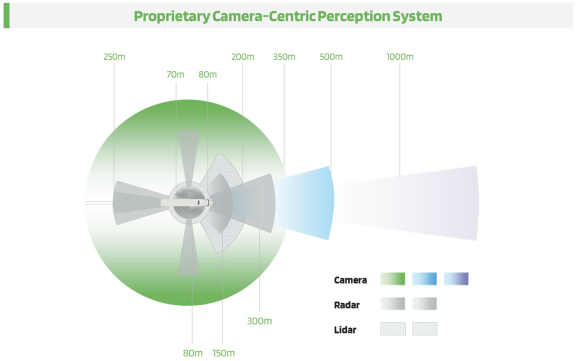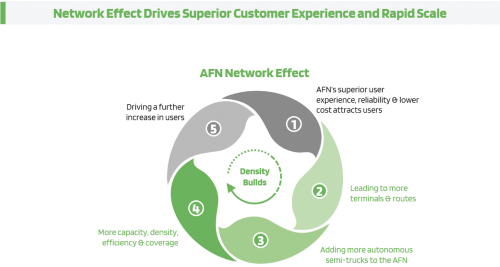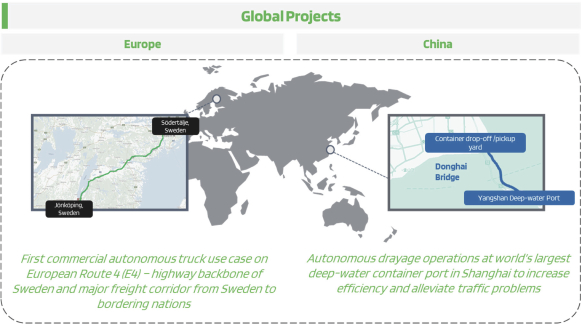released. Despite internal testing, our software may contain serious errors or defects, security vulnerabilities or software bugs that we may be unable to successfully detect or correct in a timely manner or at all, which could result in security incidents, data breaches, vehicle safety issues, product liability claims, lost revenue, significant expenditures of capital, a delay or loss in market acceptance, and damage to our reputation and brand, any of which could adversely affect our business, results of operations, and financial condition.
We are exposed to, and may be adversely affected by, interruptions to our information technology systems and networks and sophisticated cyber-attacks.
We collect and maintain information in digital form that is necessary to conduct our business, and we rely on information technology systems and networks (“IT systems”) in connection with many of our business activities. Some of these networks and systems are managed by third-party service providers and are not under our direct control, and as a result, a number of third-party service providers may or could have access to our confidential information. Our operations routinely involve receiving, storing, processing, and transmitting confidential or sensitive information pertaining to our business, users, dealers, suppliers, employees, and other sensitive matters, including intellectual property, proprietary business information, and personal information. It is critical that we do so in a secure manner to maintain the confidentiality and integrity of such confidential or sensitive information. We have established physical, electronic, and organizational measures designed to safeguard and secure our systems to prevent a data compromise, and rely on commercially available systems, software, tools, and monitoring to provide security for our IT systems and the processing, transmission, and storage of digital information. Despite the implementation of preventative and detective security controls, such IT systems are vulnerable to damage or interruption from a variety of sources, including telecommunications or network failures or interruptions, system malfunction, natural disasters, malicious human acts, terrorism, and war. Such IT systems, including our servers, are additionally vulnerable to physical or electronic break-ins, security breaches from inadvertent or intentional actions by our employees, third-party service providers, contractors, consultants, business partners, and/or other third parties, or from cyber-attacks by malicious third parties (including the deployment of harmful malware, ransomware, denial-of-service attacks, social engineering, and other means to affect service reliability and threaten the confidentiality, integrity, and availability of information).
We have experienced data breaches, cyber-attacks, attempts to breach our systems, and other similar incidents, none of which have been material. Any future cyber incidents could, however, materially disrupt operational systems, result in the loss of trade secrets or other proprietary or competitively sensitive information, compromise personally identifiable information regarding users or employees and jeopardize the security of our facilities. The risk of a security breach or disruption, particularly through cyber-attacks or cyber intrusion, including by computer hackers, foreign governments, and cyber terrorists, has generally increased as the number, intensity, and sophistication of attempted attacks and intrusions from around the world have increased. We can provide no assurance that our current IT Systems, or those of the third parties upon which we rely, are fully protected against cybersecurity threats. It is possible that we or our third-party service providers may experience cybersecurity and other breach incidents that remain undetected for an extended period. Even when a security breach is detected, the full extent of the breach may not be determined immediately. Because techniques used to obtain unauthorized access or to sabotage systems change frequently and generally are not recognized until they are launched against a target, we may be unable to anticipate these techniques or to implement adequate preventative measures. Information technology security threats, including security breaches, computer malware, and other cyber-attacks are increasing in both frequency and sophistication and could cause us to incur financial liability, subject us to legal or regulatory sanctions or damage our reputation with users, dealers, suppliers, and other stakeholders. We continuously seek to maintain information security and controls, however our efforts to mitigate and address network security problems, bugs, viruses, worms, malicious software programs, and security vulnerabilities may not be successful and the impact of a material cybersecurity event could have a material adverse effect on our competitive position, reputation, results of operations, financial condition, and cash flows.
55

